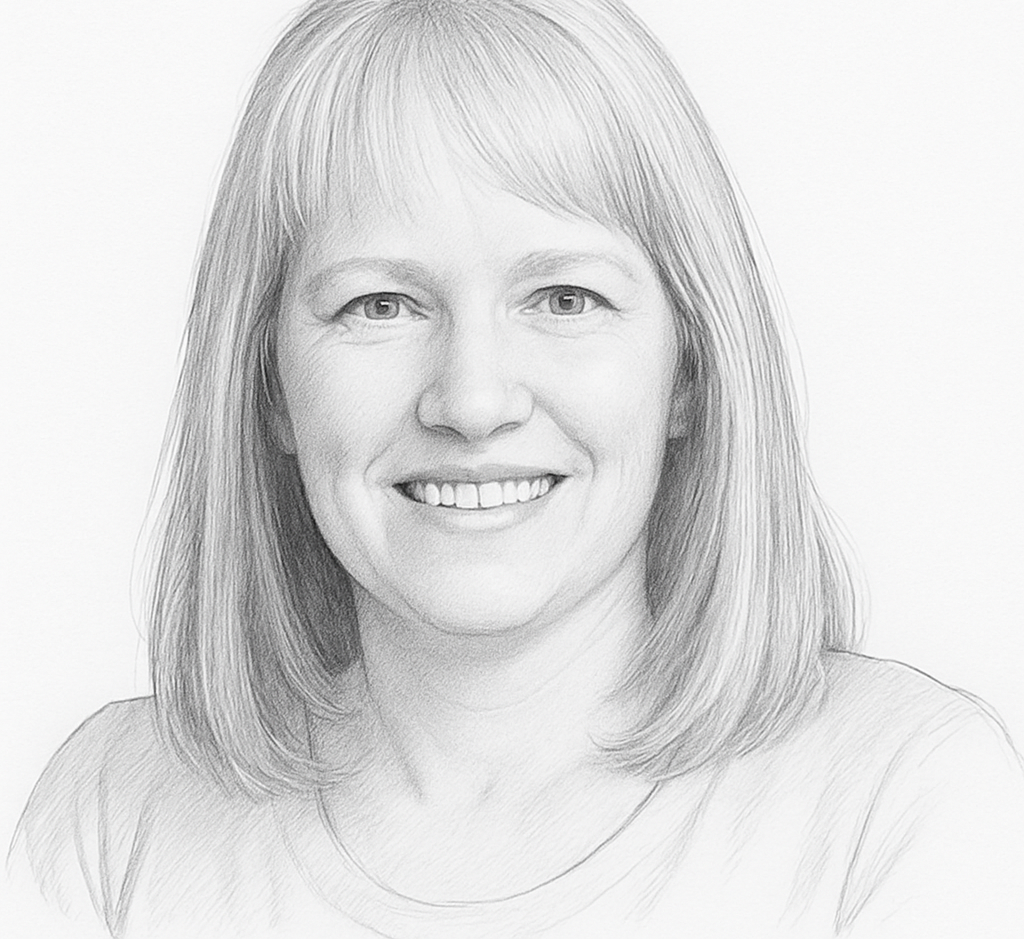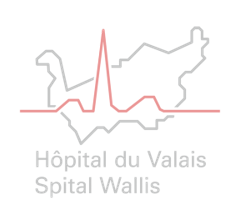
Caroline Farmer is a senior coding expert responsible for maintaining consistency in coding practices across the Haut-Valais and Valais Romand hospital centres. A former front-line coder, she has deep knowledge of the history of medical coding and a thorough command of the DRG system. Her long-standing experience makes her a key witness to a landscape that has only grown more complex since 2012.
What is your current role at Hôpital du Valais?
I ensure consistency and continuity of coding practices between the two hospital centres. My role is cross-functional: I develop internal audits and validation processes to ensure coding quality, in collaboration with operational teams. I was fortunate to work with data analysts who trained me in tools like Power BI and the DAX language. Today, I’m able to analyse data in much more granular detail. Since I’ve been involved with coding from the start, I’m very familiar with the rules, classifications, and the logic of the various tariff structures, which allows me to connect medical, financial and organisational aspects that few people are able to reconcile.
What major changes have you seen since you started?
In the beginning, at Sion Hospital, there were two coders without any formal medical training. The rules were simpler, and it was still possible to recruit staff without a deep clinical background. That’s no longer the case today.
The most recent roles I’ve opened were intended for physicians or specialised nurses. We no longer have time to train people in the medical aspects. You have to be able to read and interpret a clinical file accurately, understanding a lab result, assessing severity, making the right clinical connections. All of it has a direct impact on invoicing.
Has medical documentation evolved alongside this complexity?
Yes. In the early days, some doctors refused to share their discharge letters or to document procedures. That’s no longer acceptable. Documentation is now essential. You can’t refer to a diagnosis without clinical specificity. This shift has changed the relationship with medical and therapeutic teams. The new generation of clinicians has grown up with this mindset, it’s much easier today.
What about the system itself, regulations, tariffs, coding rules? How have the requirements changed?
The introduction of “complex” codes changed everything. They require a precise number of treatment minutes, strict eligibility criteria, and detailed clinical follow-up.
You can’t just input a code, everything must be anticipated, documented and traceable.
Due to increasing challenges from insurers, documentation must be complete and well structured. In some fields like rehabilitation, we’ve moved from flat rates to detailed, timed treatment plans. The administrative workload is substantial. It’s no longer something a single coder can handle; it requires coordination and preparation upstream.
Hospitals had to reorganise to handle this growing administrative burden. How was that managed?
In 2003, we shifted from flat-rate invoicing to AP-DRG, which required us to strengthen our teams. Then, in 2010, in anticipation of SwissDRG, we again expanded the team, there were more data points to capture, more requirements to fulfil.
Is medical coding now done entirely in-house?
Yes, in general. We don’t outsource. Our coding activity has been centralised since 2001, and we have a sufficiently large pool of coders to handle everything internally.
“Coders today often arrive with strong clinical knowledge, but that’s no longer enough. You also need to master medical coding rules, stay up to date with changes to the DRG system, understand financial implications, and be proficient in tools like Excel and Power BI.”
Caroline Farmer, senior coding expert at Hôpital du Valais.
What are the biggest challenges in coding today?
Recruitment, succession planning, and training. These remain our main concerns. There’s a lot of staff turnover in this field. When a coder leaves, we need to ensure continuity, and we no longer have the time to train replacements from scratch.
Another key issue is adherence to deadlines. There’s often too much time between a patient’s discharge and the finalisation of their file. Sometimes the file looks complete, but a deeper review reveals missing documentation.
How does your audit work support the centres in practice?
I develop checks and controls, either proactively or at the request of the centres. I also produce analysis reports and conduct retrospective coding reviews. I work a lot on past fiscal years: I cross-reference lab data, procedures and prescriptions, and generate lists of cases for potential review.
It’s up to the centres to decide whether they re-open those cases. We use a shared tracking file to document which controls led to added value, and why. In 2024, many medical coding corrections were made based on those checks, often in the hospital’s favour. So, the impact is real.
Medical coding has become a highly complex field of expertise !
Yes, coders today often arrive with strong clinical knowledge, but that’s no longer enough. You also need to master medical coding rules, stay up to date with changes to the DRG system, understand financial implications, and be proficient in tools like Excel and Power BI.
It’s a wide and demanding skillset. And on top of that, you need strong interpersonal skills. Without clear, open communication across departments, coding is often incomplete. It’s a job that sits at the crossroads of multiple domains.
In this context, what role do IT tools play?
Back then, three medical coders would share a single computer. Today, digital tools are essential. Hospital planning comes with strict requirements, such as activity thresholds and case volumes needed to maintain specific services. Software helps us manage those expectations.
Do your current tools meet your operational needs?
We have good tools, like Business Object and Power BI, but they’re limited. Coding rules change constantly, and interoperability is lacking. Systems don’t always connect well. To generate accurate outputs, I still need to perform many manual operations.
I dream of a tool that could integrate everything, but that’s not the hospital’s role to build. And given budget constraints, we’re forced to find innovative solutions.
What’s your view on the arrival of artificial intelligence in medical coding?
I’m torn. At times, I’m enthusiastic, AI can simplify processes, automate certain tasks, and make data analysis more exhaustive.
But data privacy is a serious concern, and how the AI is trained also matters, the wrong input could introduce bias. We need to proceed step by step.
I believe the needs of medical coders in public hospitals differ from those in specialised private clinics doing mostly planned prosthetic surgeries. Still, I hope that in the near future, AI will help us with the upstream analytical work before medical coding. I enjoy following the progress of different applications.
Originally from Canada, Caroline Farmer began her career at the CHUV in 1999 before joining the Valais health system, where she helped implement medical coding, first in Sion, and later across the canton. In 2017, when the canton decentralised its coding activity, she stepped away from operational coding to take on a more transversal role overseeing consistency and quality across both the Romand and Haut-Valais hospital centres.

Related Posts

Meet the team Regina
We’re delighted to welcome Regina Hoffmeister, who recently joined the Swisscoding team to strengthen our coding presence in the German-speaking part of Switzerland.

Meet the team Marie
Marie Gargallo joined Swisscoding Technologies in September to contribute to the business development of our AI-powered coding solution, CODY.

